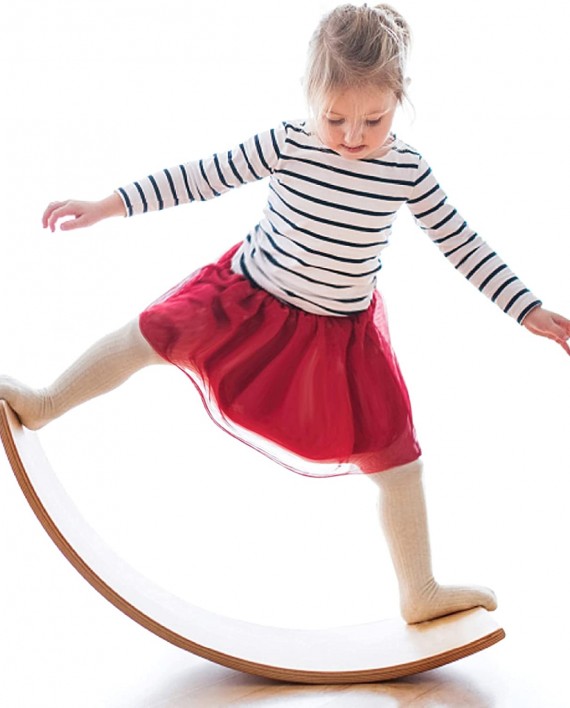8:00 am – Introduction: Background information
8:15 – Underlying foundations of the vestibular system:
-Movement: the common denominator of the senses
-Functional implications of linear and rotational movement
-Visualization impact on cerebellum even when children are not moving
-Relationship between spatial awareness, timing and rhythm
-Treatment implications for vestibular patterns: Bilateral Integration and Sequencing
9:00 – Underlying foundations of vision/ocular motor system:
-When do the eyes guide the hand vs. the hand guide the eyes?
-Eye position to impact level of alertness in school/home
-Eyes always on the move for learning to occur
-Everyone has a blind spot
-Do the saccades and smooth pursuit systems communicate with each other?
-Learn a simple vision screening
10:00 – Break
10:15 – Integration of sensory systems and reflexes
-Teasing it out: Vision, Proprioception and Vestibular
-Receptors of extra-ocular muscles provide postural stability
-Neuroplasticity: Maps of motor, auditory and visual systems that stack on one another
-Moving from primitive to postural reflexes
-Influence on behavior and cognition
11:15 – General guidelines to consider for treatment:
-Language cues
-Anticipation of the positive (Dopamine)
-Pre-warning cues and impact on anxiety
-How our visual system interprets our own and others’ pain
-How failure shapes our nervous system
-Research on internal vs. external cues
11:45-12:15 pm – Lunch break
12:15 – Practical strategies to support balance and the core using vision:
-The influence of head tilt in making gains
-How balance is enhanced by changes in visual environment
-Strategies to counteract movement sensitivity
-Core Activation and a variety of exercises for clinic/home
-Influence of brain/body dominance on learning
1:30 – Practical strategies to support ocular-motor and vision using balance:
-Influence of eye dominance and crossing midline
-Positions to support optimal eye control
-Ocular motor equipment that can help (ex. infinity marble track)
-Use of visualization and relaxation exercises for the eyes
-Near and far activities and impact on posture
-Eye activation and variety of exercises for school/clinic/home
2:30 – Visual/Vestibular considerations in relation to:
-Benefits of Vestibular Rehabilitation programs
-Application to diagnoses of: ASD, ADHD, concussion, etc.
Resources: Motor, Science and Vision websites and references.
-Need for making referrals to outside specialists (e.g. vision therapy)
3:00 – Final questions and wrap up

 TSI is an AOTA Approved Provider of Professional Development. PD activity approval ID# Pending. This Live PD is offered at .6 CEUs, Intermediate level, Domain of OT: OT Service Delivery. AOTA does not endorse specific course content, products, or clinical procedures.
TSI is an AOTA Approved Provider of Professional Development. PD activity approval ID# Pending. This Live PD is offered at .6 CEUs, Intermediate level, Domain of OT: OT Service Delivery. AOTA does not endorse specific course content, products, or clinical procedures.